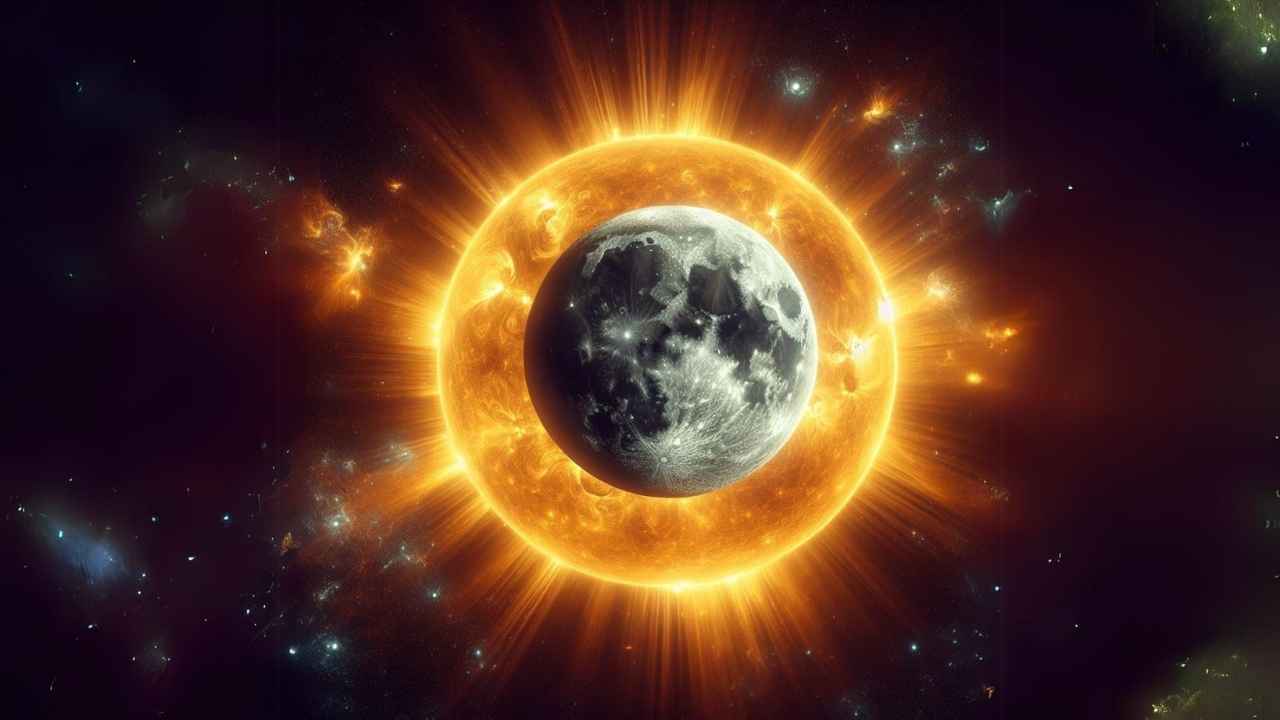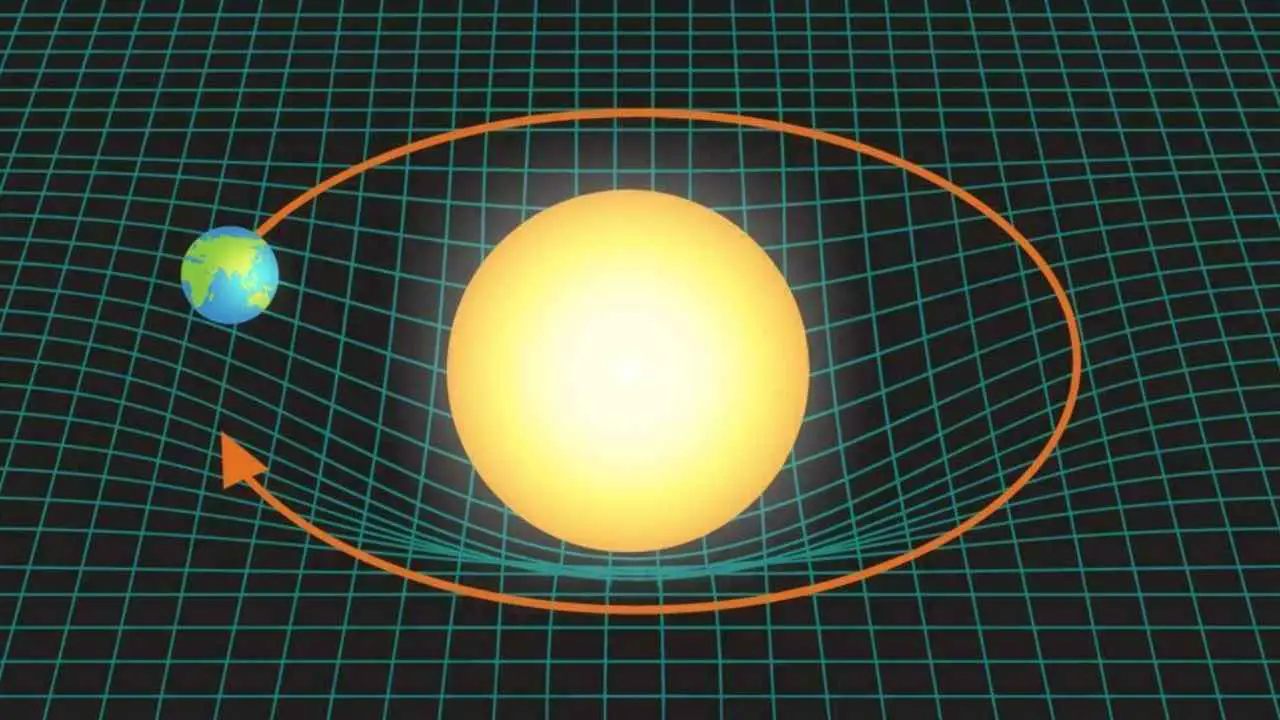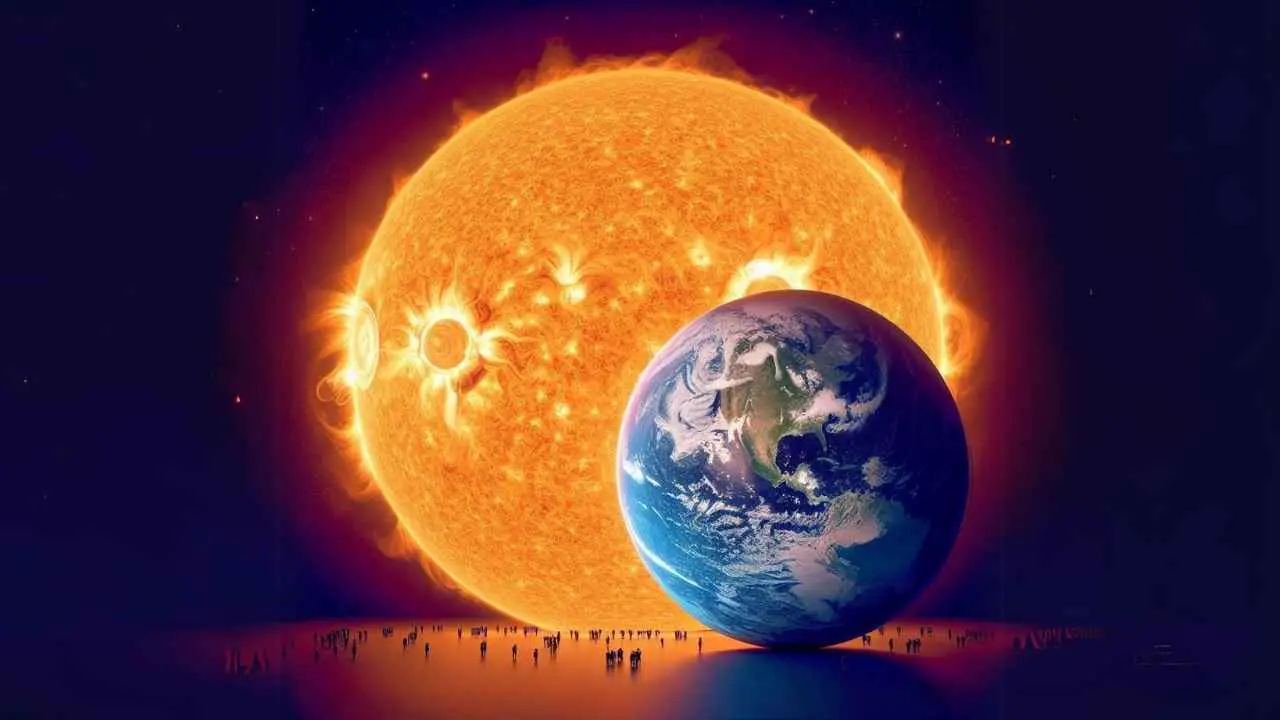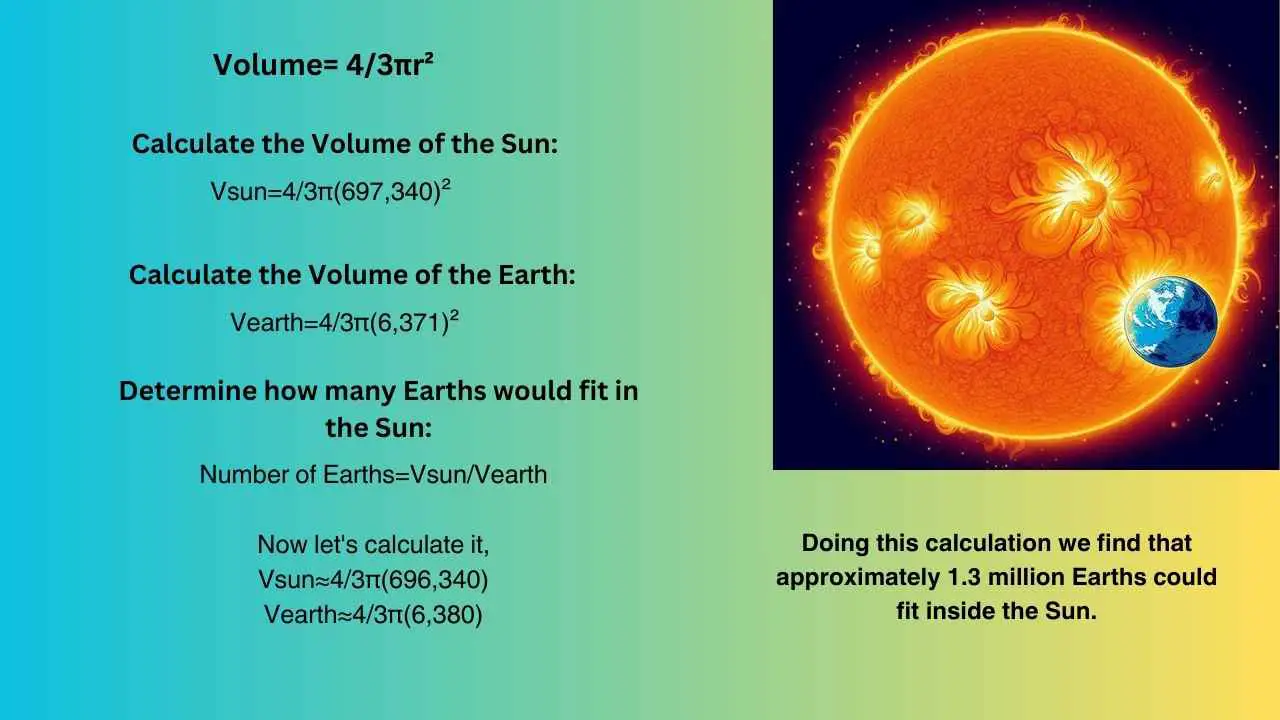The Sun is a blazing celestial giant, which captivates our cosmic curiosity. The Sun is our solar system’s central star. Through the process of nuclear fusion, it transforms hydrogen into helium, producing a staggering 4 million tons of energy every second. This energy, emitted as light and radiation, plays a crucial role in sustaining life on Earth. Despite its seemingly small appearance from afar, the sun surpasses Earth significantly in size.
How many Earths would fit in the Sun?
The Sun is so immense that approximately 1.3 million Earths could fit inside it. The Sun’s diameter is about 109 times larger than Earth’s.
To calculate how many Earths would fit in the Sun, you can use the formula for the volume of a sphere:
Volume= 4/3πr²
Where r is the radius of the sphere.
The Sun’s radius is approximately 696,340 kilometers, and Earth’s radius is about 6,371 kilometers.
Calculate the Volume of the Sun:
Vsun=4/3π(697,340)²
Calculate the Volume of the Earth:
Vearth=4/3π(6,371)²
Determine how many Earths would fit in the Sun:
Number of Earths=V(sun)/V(Earth)
Now let’s calculate earth’s size compared to sun,
V(sun)≈4/3π(696,340)
V(earth)≈4/3π(6,380)
Doing this calculation we find that approximately 1.3 million Earths could fit inside the Sun
Can the Sun fit inside the Earth?
No, the Sun cannot fit inside the Earth. The Sun is much larger than Earth, with a diameter of about 1.4 million kilometers, approximately 109 times the diameter of Earth. The size difference is immense, highlighting the vast contrast between these two celestial bodies in our Solar System.
How many moons can fit in the Sun?

The Sun’s colossal size allows it to hold about 64 million moons the size of Earth’s moon within its vast volume. Through the process of nuclear fusion, the Sun generates an astonishing 4 million tons of energy every second, sustaining life on Earth. Despite its insignificance from a distance, the Sun’s gravitational influence orchestrates the celestial dance of our solar system.
Also read: Could the Sun Become a Black Hole?
How many Jupiters fit in the Sun?
The Sun’s colossal size enables it to accommodate around 1,300 Jupiter, the largest planet in our solar system. The celestial giant, primarily composed of hydrogen and helium, plays a crucial role in maintaining the stability of our solar system. The Sun’s gravitational influence extends far beyond its visible surface, shaping the orbits and movements of planets, including Jupiter.
How Massive is the Sun Compared to Earth?
The Sun is significantly more massive than the Earth. It is approximately 333,000 times the mass of Earth. This immense mass accounts for the Sun’s gravitational dominance in our solar system, influencing the orbits of all the planets, including Earth.
Also Read: When will the Sun Die?
What is the Sun’s Density?
The Sun’s average density is 1.41 grams per cubic centimeter. Despite its immense size and mass, the Sun’s density is relatively low due to the vastness it occupies. This lower density allows the Sun to maintain its gaseous state, primarily composed of hydrogen and helium.
How Does the Sun’s Gravity Affect Earth?

The Sun’s gravity plays a crucial role in governing Earth’s motion within our Solar system. Earth orbits the Sun in an elliptical path due to the gravitational pull exerted by the Sun. This gravitational force is what keeps Earth in a stable orbit around the Sun. The Sun’s gravity is responsible for holding all the planets, including Earth, in their respective orbits. Additionally, the Sun’s gravity causes phenomena like tides on Earth. The gravitational attraction of the Sun combined with that of the Moon, results in the rising and falling of ocean tides. This gravitational interaction between the Sun and Earth influences the planet’s rotation and the shape of its orbit.
Why Does the Sun Have Such a Massive Size?
The Sun’s massive size is primarily attributed to Its formation process and the dynamics of stellar evolution. Its massive size is formed from the collapse of a molecular cloud, the Sun’s equilibrium between gravitational forces and nuclear fusion pressure determines its immense size, essential for sustaining the energy-producing reactions that benefit our solar system.




